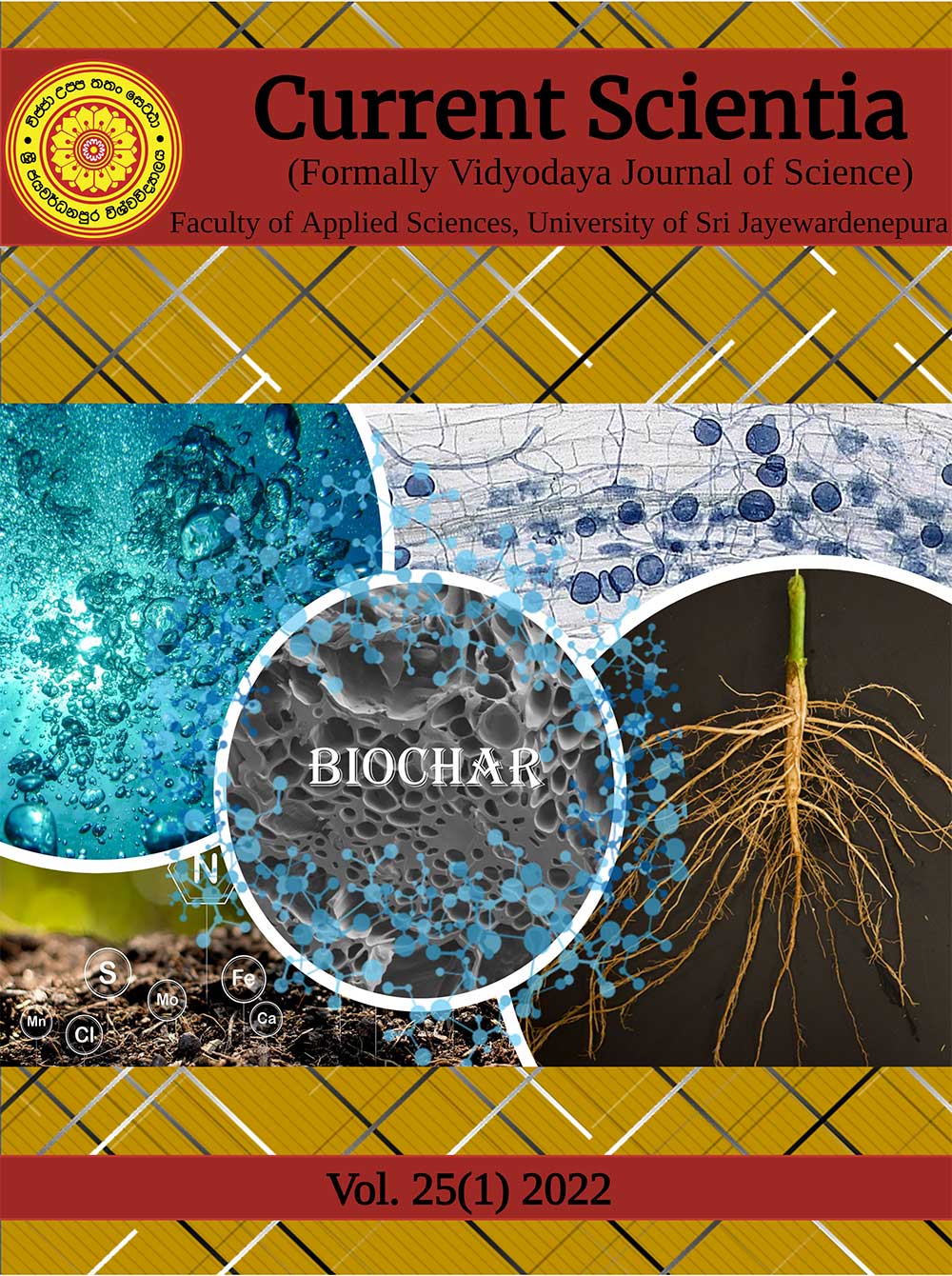Benefits of Biochar Addition in a Sustainable Agriculture Practice: Soil Nutrients Dynamics, Enzyme Activities and Plant Growth
DOI:
https://doi.org/10.31357/vjs.v25i01.5921Abstract
Biochar is a carbon-rich material resulting from the pyrolysis of plant and animal biomass. Biochar has a long history as a soil amendment for centuries since the Mayan civilization. Attaining sustainability in agriculture is not easy; however, the addition of biochar may reduce the adverse effects of numerous malpractices in conventional agriculture. Biochar benefits soil physicochemical properties such as soil bulk density, aggregate stability, porosity, water holding capacity and soil organic carbon content. However, it is essential to focus on the negative aspects of biochar in terms of atmospheric emissions during the production and occupational health and safety at the time of use. Still, there are many benefits and detriments of the application of biochar, i.e., the priming effect; thus, this review highlights the importance of further research on the application of biochar as a soil amendment. It has been understood that the lack of long-term field studies in various soils using commercially produced biochar may restrict the knowledge of biochar's true potential and effect on soil nutrient dynamics, microbial structure, and crop yield.
Keywords: Land degradation, Biochar, Nutrient retention, Soil quality, Microbial community




